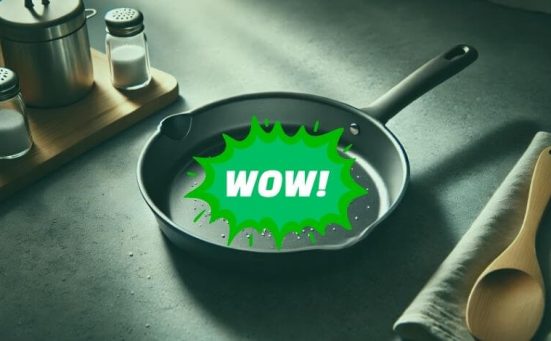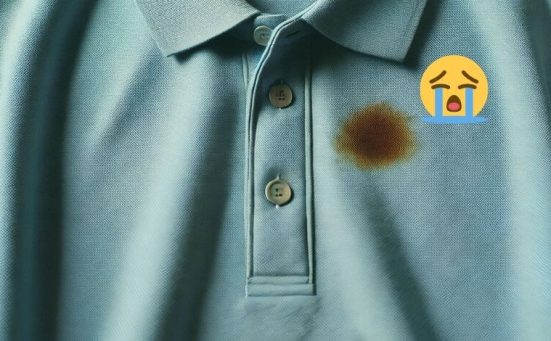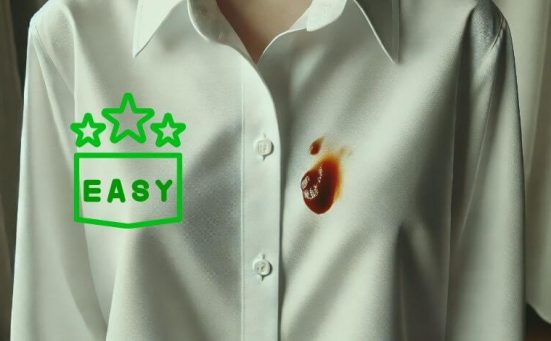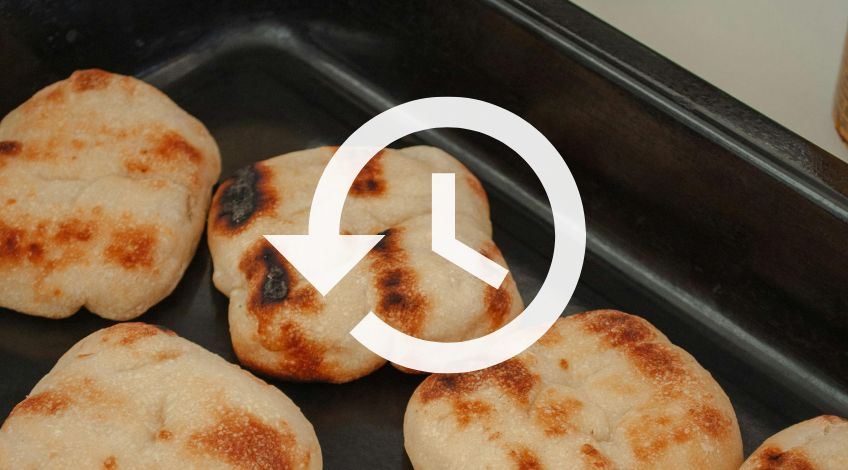
7 Easy Ways to Rescue Stained & Burnt Baking Pans
Over time, baking pans take a beating. Whether it is burnt-on grease, stubborn stains, or layers of grime that refuse to budge, even the best loved baking trays can start to look unsightly.
But before you think about replacing them, there are several tried and tested ways to bring them back to life. Using common household ingredients, you can clean and restore your baking pans without too much effort.
Simple And Effective Methods To Restore Your Baking Pans
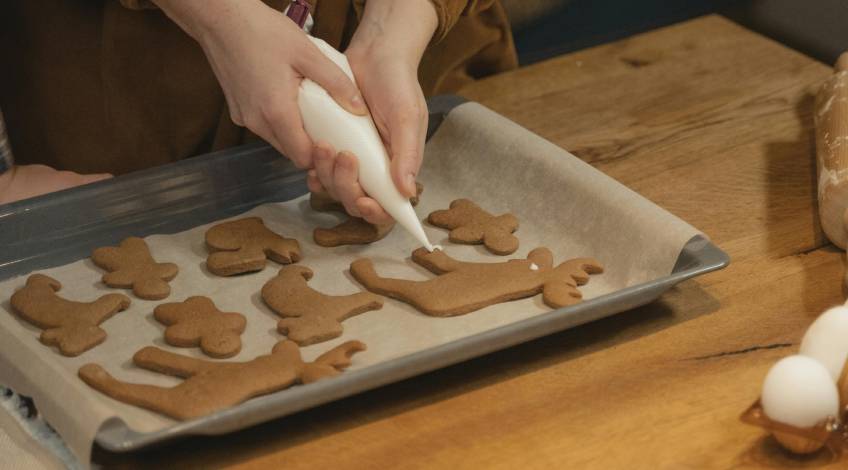
Try these simple methods to make your baking trays look almost new again.
1. Bicarbonate of Soda and White Vinegar for Deep Cleaning
Bicarbonate of soda and vinegar are powerful natural cleaners that can break down grease and stains without harsh chemicals. This method works exceptionally well for general stains and grease buildup.
How to use:
- Sprinkle a generous amount of bicarbonate of soda over the pan’s surface.
- Pour white vinegar over the baking soda and let the mixture fizz and bubble for a few minutes.
- Fill the pan with hot water and leave it to soak for at least 30 minutes.
- Scrub with a sponge or non-abrasive scrubber to remove any loosened grime.
- Rinse thoroughly with warm water and dry completely.
2. Salt and Lemon Juice for Gentle Scrubbing
Lemon juice and salt provide a natural way to lift stains and deodorise baking trays at the same time.
How to use:
- Sprinkle coarse salt onto the stained areas of the pan.
- Cut a lemon in half and rub it over the salt, squeezing gently to release the juice.
- Let the mixture sit for 15 minutes before scrubbing with a sponge.
- Rinse with warm water and dry immediately.
This technique is ideal for aluminium and stainless steel pans, as it avoids harsh abrasives that might scratch the surface.
3. Hydrogen Peroxide and Bicarbonate of Soda for Burnt-On Grease
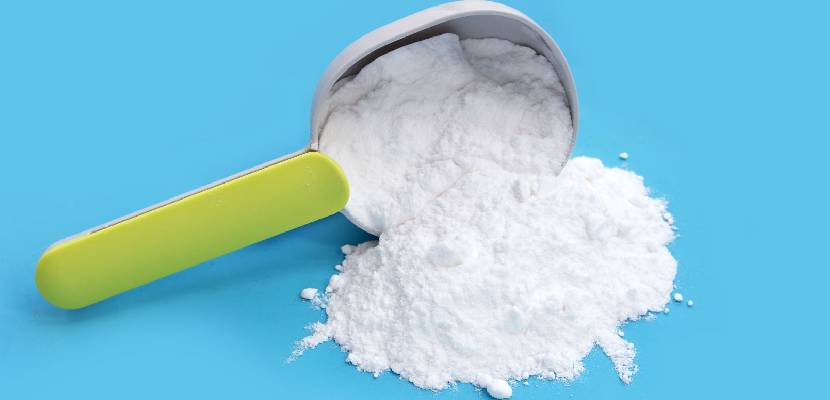
For tougher stains and burnt-on residue, hydrogen peroxide is a strong yet non-toxic solution. This method is particularly effective on older stains that have built up over time but is best suited for stainless steel and uncoated metal pans.
However, it should be used with caution on coated or non-stick pans, as it may cause damage over time.
How to use:
- Sprinkle a thick layer of bicarbonate of soda over the pan.
- Pour hydrogen peroxide on top and spread it evenly with a sponge.
- Allow the mixture to sit for at least two hours or overnight for stubborn stains.
- Wipe away the residue with a damp cloth and rinse well.
4. Aluminium Foil Scrubbing for Tough Residue
Aluminium foil can be used as a simple scrubbing tool to remove burnt-on food without scratching the pan. However, it should not be used on non-stick or coated baking trays, as it can damage the surface.
How to use:
- Crumple a sheet of aluminium foil into a ball.
- Dampen the pan and sprinkle it with a little bicarbonate of soda.
- Scrub gently with the foil to lift away stubborn stains.
- Rinse and dry the pan thoroughly.
This method is best for uncoated metal pans, as it effectively removes tough grime without the risk of scratching delicate surfaces.
5. Dishwasher Tablet Method for Heavy Stains
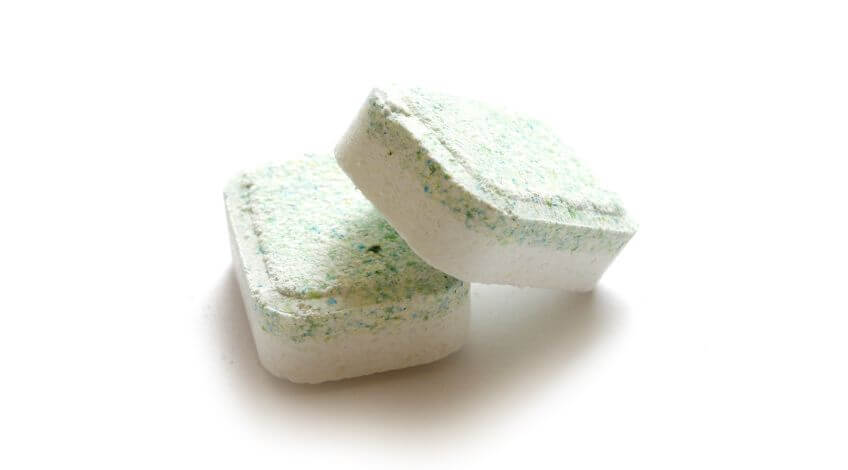
Dishwasher tablets contain powerful degreasers that work wonders on stained baking trays. This method is highly effective for removing layers of grease and burnt-on food.
How to use:
- Wet the baking pan with warm water.
- Take a dishwasher tablet and scrub directly onto the stains, applying gentle pressure.
- Leave the residue to sit for 10 to 15 minutes.
- Rinse off with warm water and dry completely.
6. Cream of Tartar and White Vinegar for Non-Stick Pans
Non-stick baking trays require extra care to avoid damaging the coating, and cream of tartar is a great alternative to abrasive cleaners.
This method helps preserve the non-stick coating while effectively lifting stains.
How to use:
- Mix equal parts cream of tartar and white vinegar to form a paste.
- Spread the paste over the stained areas and leave it overnight.
- Gently scrub with a soft sponge and rinse thoroughly.
- Dry immediately to prevent any water spots.
7. Boiling Water and Soap for Quick Cleaning
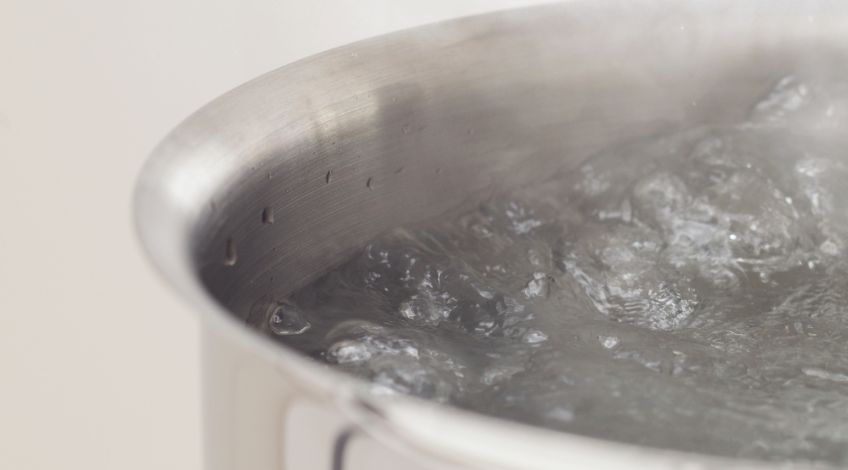
Sometimes, a simple soak is all you need to loosen burnt food and grease.
This method is best for light stains and quick clean ups after baking.
How to use:
- Fill the pan with hot water and add a few drops of washing up liquid.
- Let it soak for 15 to 20 minutes to soften the residue.
- Scrub with a sponge and rinse with clean water.
- Dry immediately to prevent rusting.
Prevent Future Stains and Keep Your Pans Clean
Once you have restored your baking pans, keeping them in good condition is key. Here are a few simple ways to prevent future stains:
- Line pans with parchment paper or foil before baking.
- Avoid using metal utensils that can scratch the surface.
- Wash pans as soon as they cool to prevent residue from hardening.
- Use a light coating of oil to prevent food from sticking.
By following these preventative steps, you can extend the life of your baking trays and keep them looking their best.
Pass These Baking Pan Cleaning Hacks to Others!
Old, stained trays can look as good as new with these clever cleaning tricks. Share these tips on social media to help others rescue their favourite baking pans with minimal effort!
SEE ALSO: 10 Genius Oven Cleaning Hacks You Need to Try Now
Also, follow us on Pinterest ...

